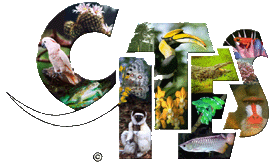2.1 What is CITES?

What is CITES?
With the loss of natural habitat and ever increasing trade, many of the thousands of known plants and animals are rapidly disappearing from the planet. In fact, the rate of decline or complete extinction has increased substantially over the last few decades.
And, while the economies of many developing countries depend on tourism and the legal hunting and trade of animals and plants, the value of specimens traded is also an incentive for lucrative illegal trade.
To help protect endangered and threatened species, an international agreement known as the Convention on International Trade in Endangered Species of Wild Fauna and Flora (CITES) was signed in Washington in 1973. Therefore CITES is also referred to as 'the Washington Convention'. It entered into force on 1 July 1975.
The purpose of CITES is to ensure that international trade in wild specimens of animals and plants does not threaten their survival.
More detailed information, including the most recent list of all member States, can be found on the CITES web site: www.cites.org
Currently, there are 181 Parties support and enforce CITES around the world.
On this map, the countries that are marked in green are all Parties to CITES.

